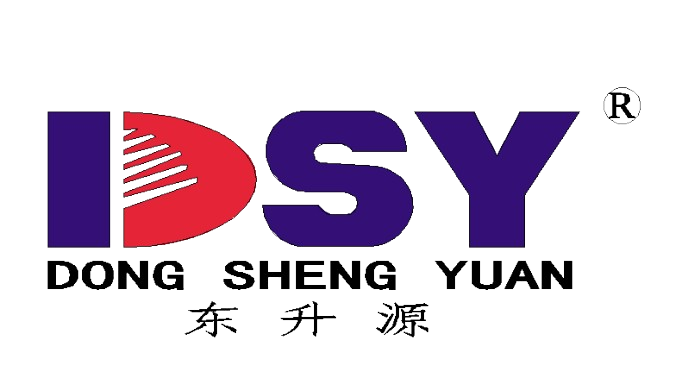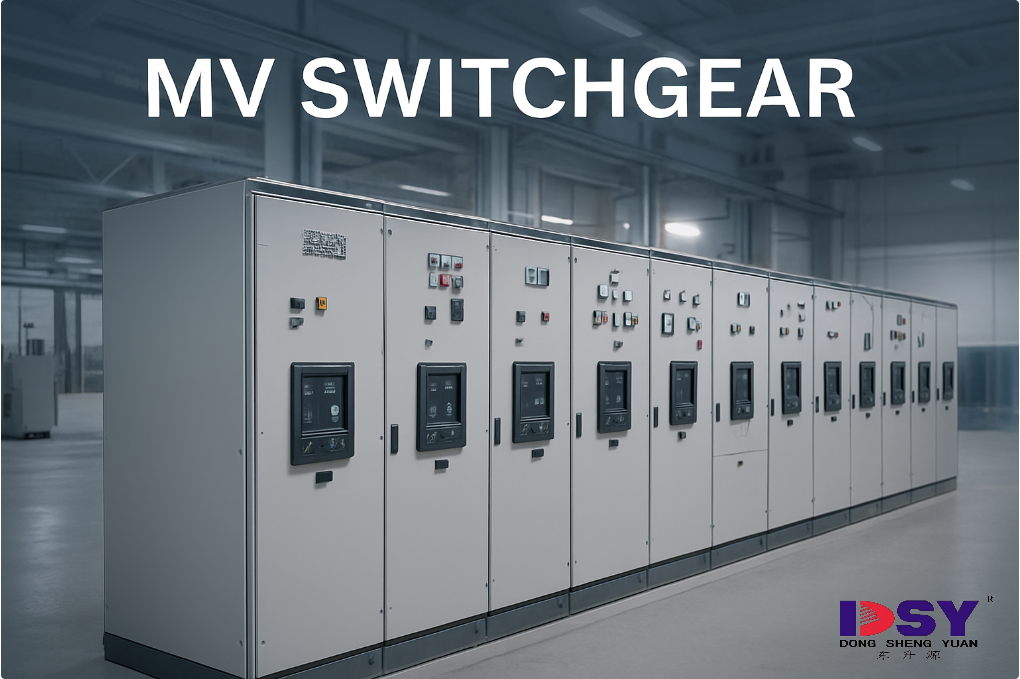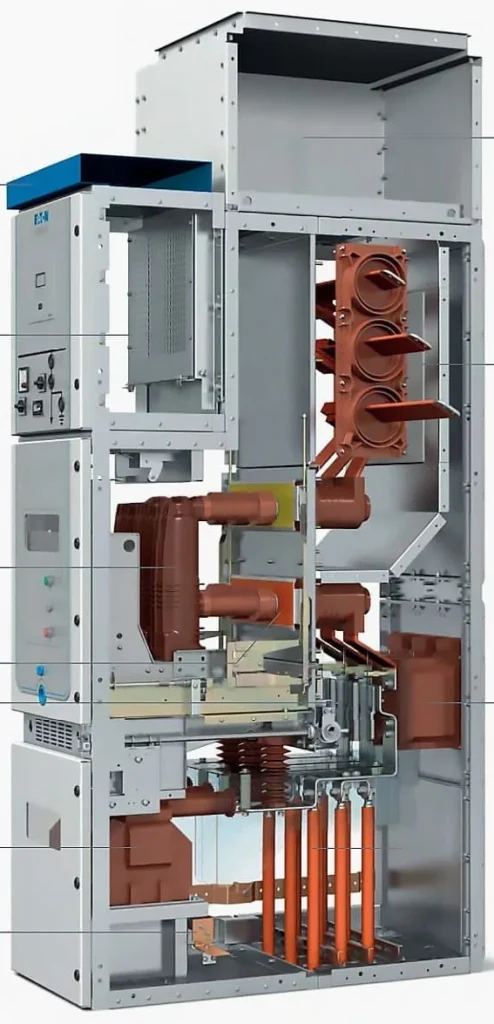Solid Insulated Switchgear: The Future of Safe, Compact, and Sustainable Power Distribution
In the evolving landscape of electrical infrastructure, ensuring safety, reliability, and environmental responsibility is paramount. Solid Insulated Switchgear (SIS) represents a significant advancement in medium-voltage switchgear technology, offering a compact, eco-friendly, and low-maintenance solution for modern power distribution systems.
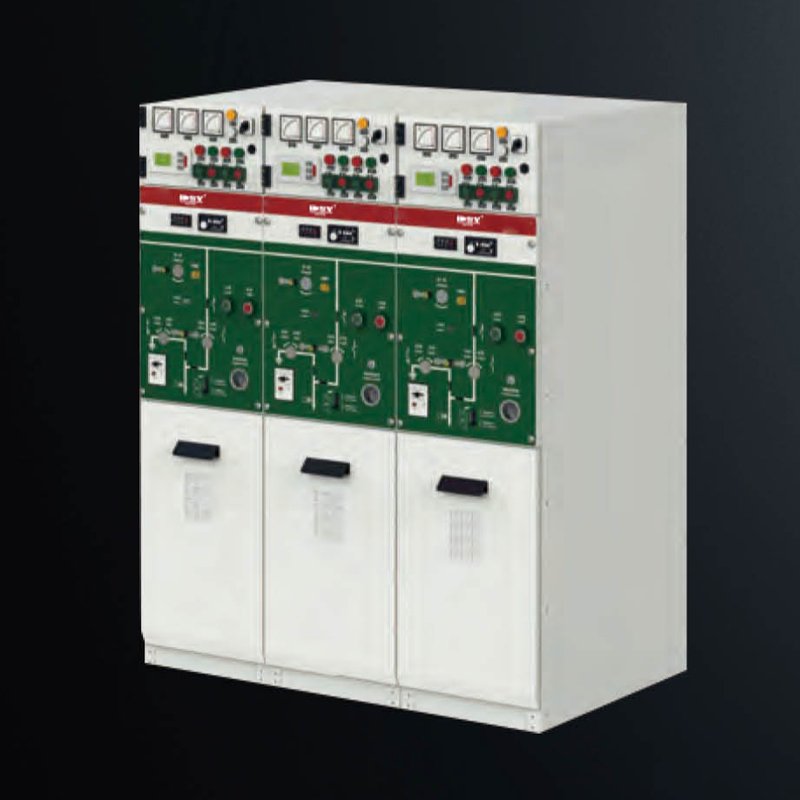
🔌 What Is Solid Insulated Switchgear?
Solid Insulated Switchgear is a type of electrical switchgear that utilizes solid insulation materials, such as epoxy resin, to insulate live components. Unlike traditional air-insulated or gas-insulated switchgear, SIS eliminates the need for air or gas as insulation mediums, resulting in a fully enclosed and sealed system. This design enhances safety and reduces the risk of environmental contamination.
⚙️ Key Features and Benefits
1. Compact and Modular Design
SIS units are significantly more compact than traditional switchgear, making them ideal for installations where space is limited, such as urban substations, commercial buildings, and renewable energy sites. Their modular nature allows for flexible configurations and easy scalability.
2. Enhanced Safety
The solid insulation system ensures that all live parts are fully encapsulated, reducing the risk of accidental contact and arc flash incidents. Additionally, many SIS designs incorporate shielded solid insulation systems (2SIS), where a conductive layer connected to ground further enhances safety by providing a path to earth for any fault currents.
3. Environmental Friendliness
SIS technology eliminates the use of harmful gases like SF₆, which are commonly used in traditional gas-insulated switchgear. By avoiding these gases, SIS contributes to a reduction in greenhouse gas emissions and aligns with global sustainability goals.
4. Low Maintenance Requirements
The sealed design of SIS units protects internal components from environmental factors such as moisture, dust, and pollutants, leading to lower wear and tear. This results in reduced maintenance needs and longer service life compared to conventional switchgear.
5. Operational Reliability
SIS systems are designed to operate effectively in challenging environments, including high humidity, corrosive atmospheres, and areas with conductive dust. Their robust construction ensures consistent performance and minimal downtime.
🌍 Applications of Solid Insulated Switchgear
Solid Insulated Switchgear is versatile and can be utilized in various applications, including:
-
Urban Substations: Ideal for installations in densely populated areas where space is at a premium.
-
Renewable Energy Systems: Suitable for integrating solar and wind energy into the grid, offering a compact and efficient solution.
-
Commercial and Industrial Buildings: Provides reliable power distribution with minimal maintenance requirements.
-
Transportation Systems: Used in railways and subways to ensure safe and efficient power supply.
-
Offshore and Marine Platforms: Designed to withstand harsh environmental conditions, making them suitable for offshore installations.
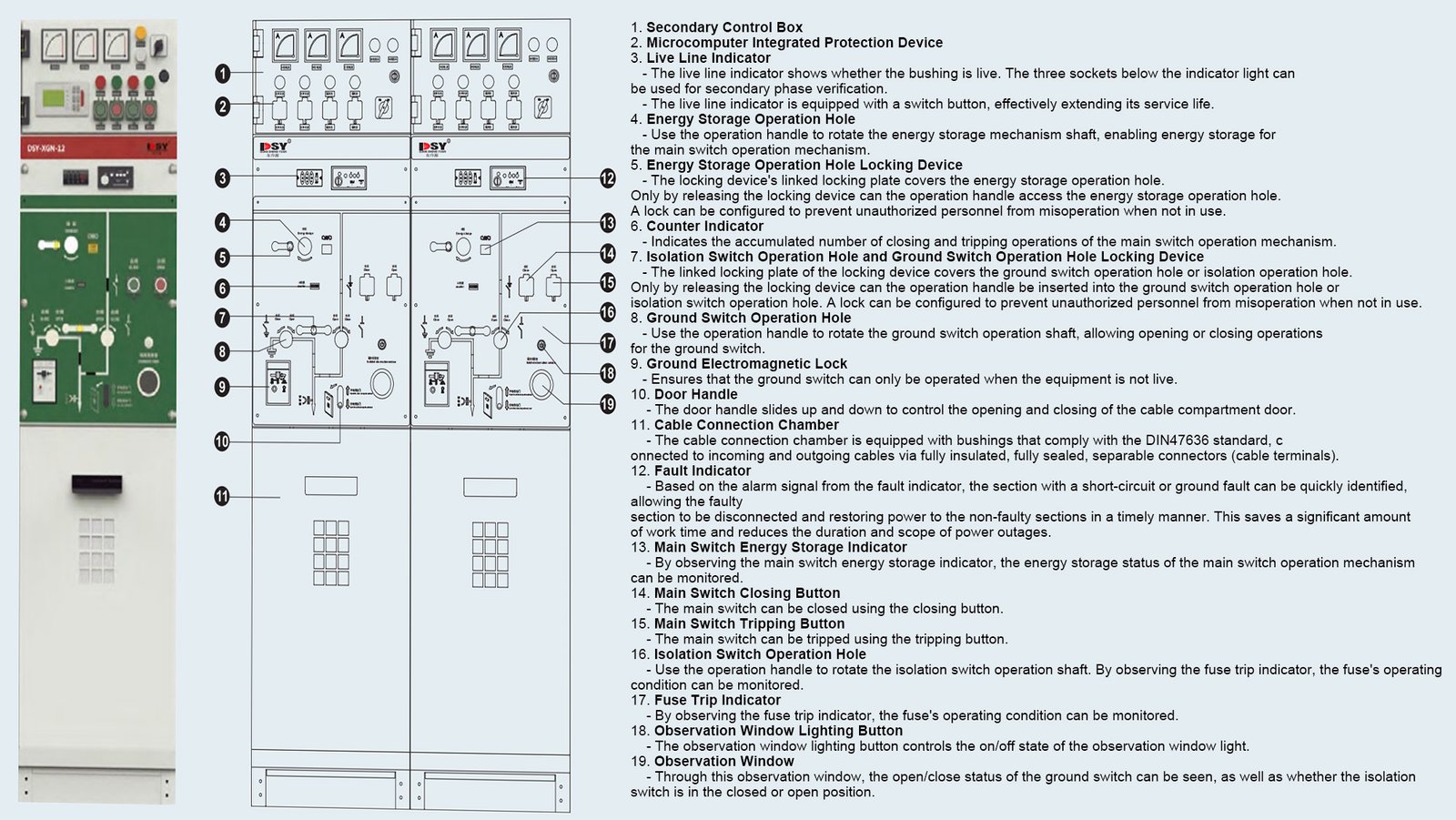
✅ Conclusion
Solid Insulated Switchgear represents a significant leap forward in electrical distribution technology. Its compact design, enhanced safety features, environmental benefits, and low maintenance requirements make it an excellent choice for modern power distribution systems. As industries continue to prioritize sustainability and efficiency, SIS is poised to play a crucial role in shaping the future of electrical infrastructure.
